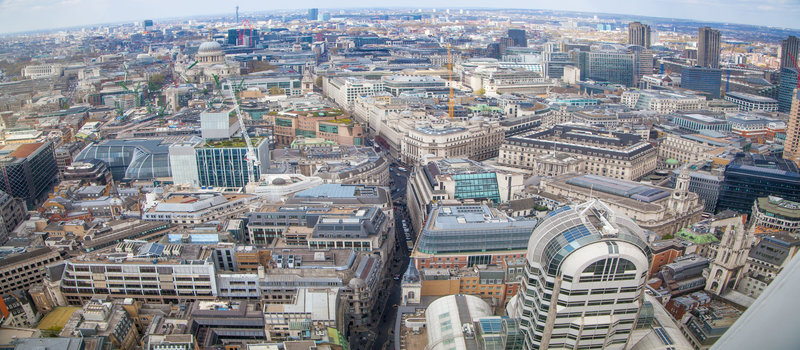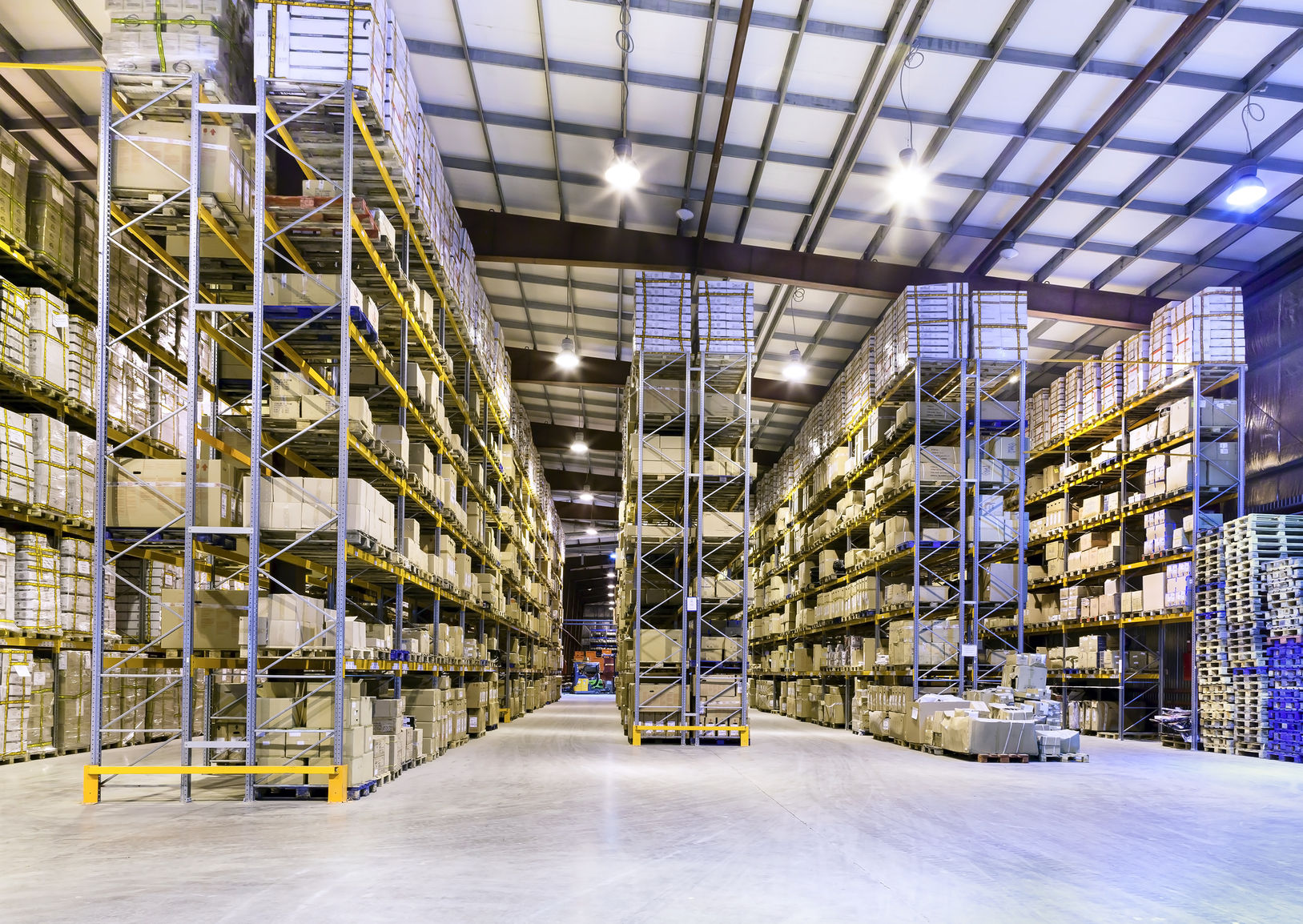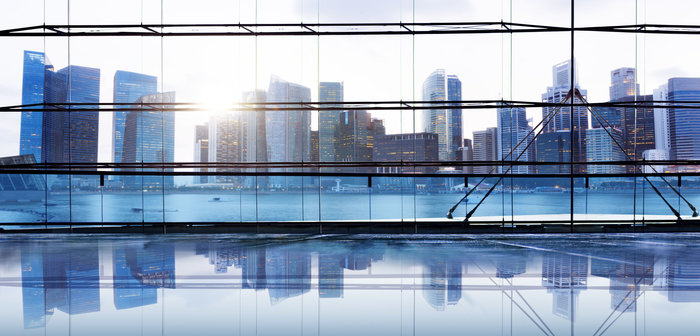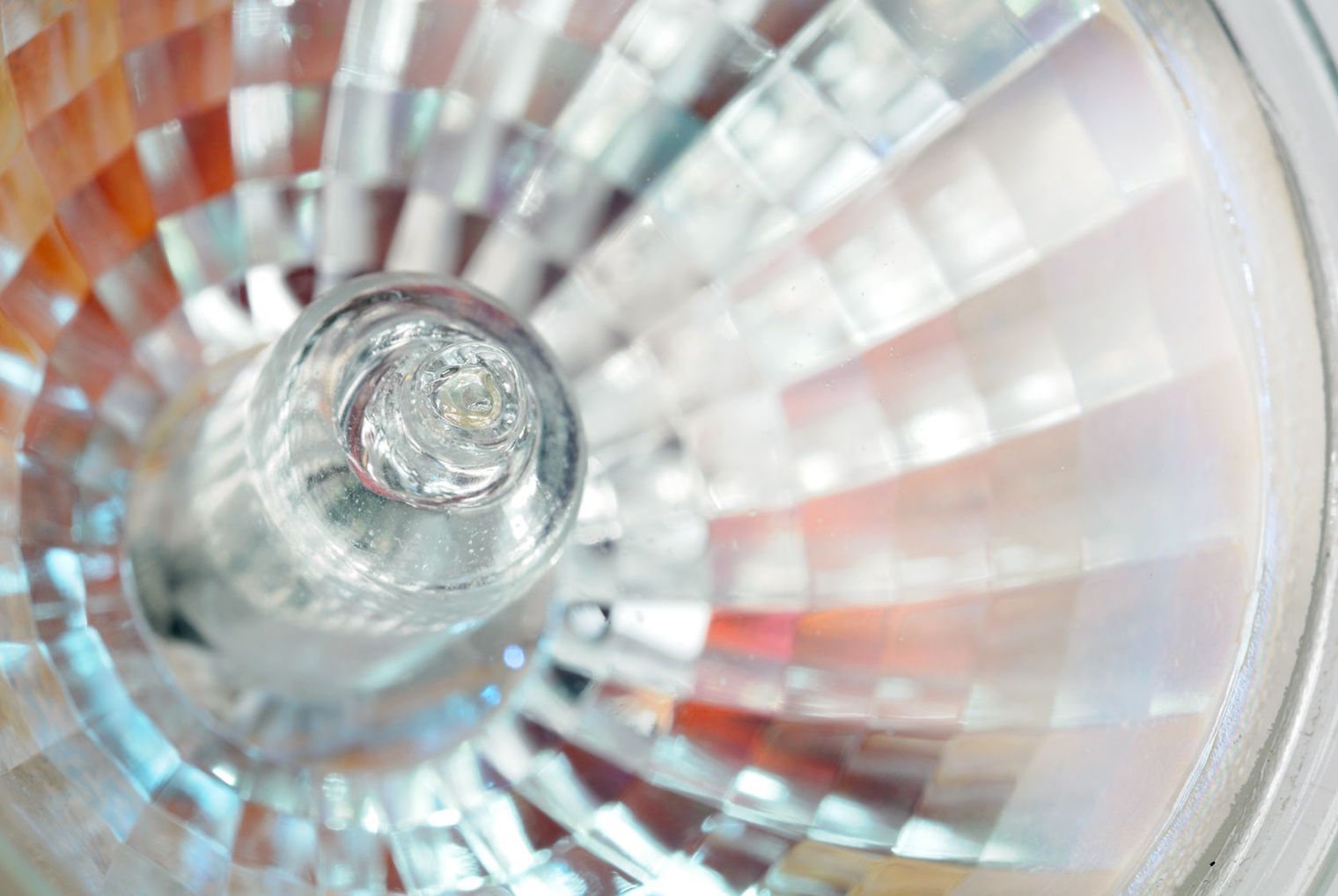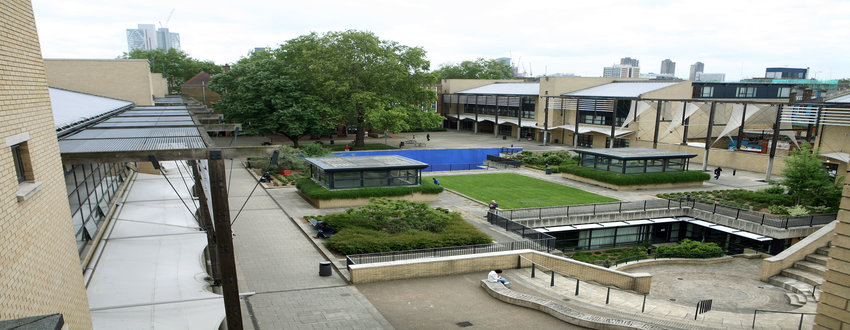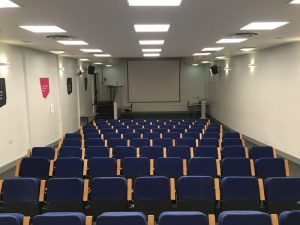What does the Spring Budget 2017 mean for business? Here’s our roundup of the main measures announced for UK firms.
Growth & balance of trade
Real GDP grew by 0.7% in the final quarter of 2016. GDP grew by 1.8% over the year as a whole, and employment rose.
Against this backdrop, and Brexit, news is good for UK business. How long before challenging Brexit impacts kick in, and inflation, higher raw material costs or a weak pound bite? Hard to say.
Overall, Tory ‘discipline’ on spending stays, seeking to rebalance the UK deficit.
Tax
Reductions in the rate of corporation tax to 17% by 2020 will continue. The government will make administrative changes to the Research and Development Expenditure Credit to increase the certainty and simplicity around claims, and will take action to improve awareness of R&D tax credits among SMEs.
Training
There is focus on a highly-skilled workforce. This is the next step in the government’s strategy to improve productivity, building on the recently published Industrial Strategy green paper.
NPIF will invest £250 million over the next four years in research talent. £90 million will provide an additional 1,000 PhD places in areas aligned with the Industrial Strategy. Around 85% will be in STEM disciplines, and 40% will directly help strengthen collaboration between business and academia through industrial partnerships.
A further £160 million will support new fellowships for early and mid-career researchers in areas aligned to the Industrial Strategy.
In addition, New ‘T-Levels’ will be introduced to give parity of esteem for technical education, potentially aiding technical business sectors with staffing and skills.
Transport
£690 million is allocated to local authorities to get local transport networks moving.
Digital
The NPIF will invest £740 million in digital infrastructure by 2020-21, to support the next generation of fast and reliable mobile and broadband communications for consumers and businesses. New National 5G Innovation Network to trial and demonstrate 5G applications.
Innovation
£270 million in 2017-18 will kickstart the development of disruptive technologies that have the potential to transform the UK economy. There will be focus on developing artificial intelligence and robotics, and batteries for the next generation of electric vehicles.
Business mindset
Business investment fell 1.0% in Q4 2016, following a modest increase of 0.7% in Q3 2016. This resulted in a 1.5% decline in business investment in 2016. Private business surveys cited uncertainty about future demand and the outcome of the EU negotiations as weighing on activity and investment.
Labour
The employment rate reached a new record high of 74.6% in the three months to December 2016, while the unemployment rate was 4.8%, the lowest in 11 years.
Global impacts
The International Monetary Fund forecasts global growth will increase slightly to 3.4% in 2017. It judges that the outlook has improved in advanced economies, where growth in the second half of 2016 exceeded its earlier forecasts, while growth prospects have marginally worsened in emerging economies.
Of course, this ignores Brexit impacts on trade deals and the disintegration of policies enabling tariff free cross EU trade, and resetting of global trade deals.
On Brexit
The Budget merely said: ‘In the longer term, the economy will adjust to new relationships with the EU and the rest of the world.
‘In producing the forecast, the OBR has not attempted to predict the precise outcome of negotiations, nor the breadth and depth of new relationships that may be negotiated bilaterally with the EU or other trading partners.’
For now the Government has neglected to comment on any Brexit impacts, and chosen not to model them in its Budget forecasting.
Have you enjoyed this article? We have lots more energy sector articles in our resources pages.
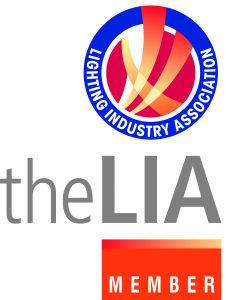 Located at the forefront of the industry and dedicated to promoting best practice throughout the sector, the LIA shares its knowledge and provides a wide range of services for members and the wider lighting industry.
Located at the forefront of the industry and dedicated to promoting best practice throughout the sector, the LIA shares its knowledge and provides a wide range of services for members and the wider lighting industry.


